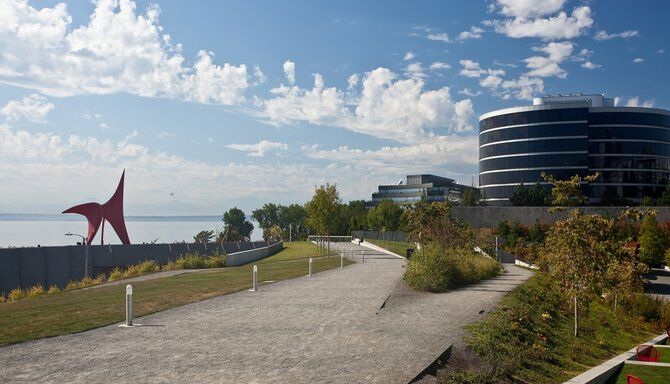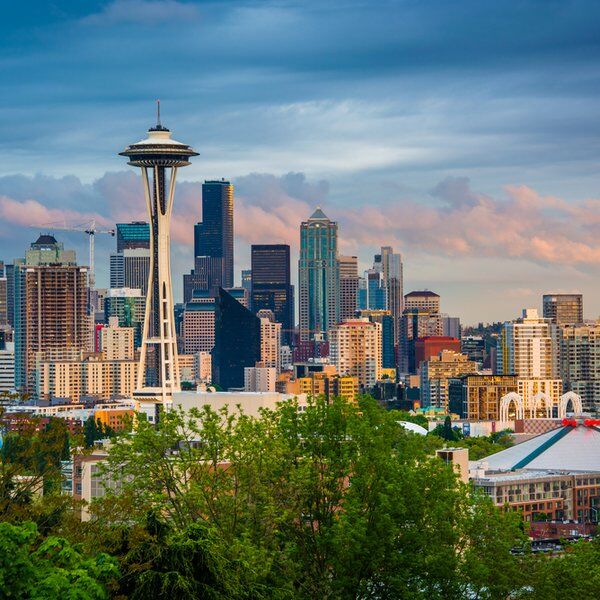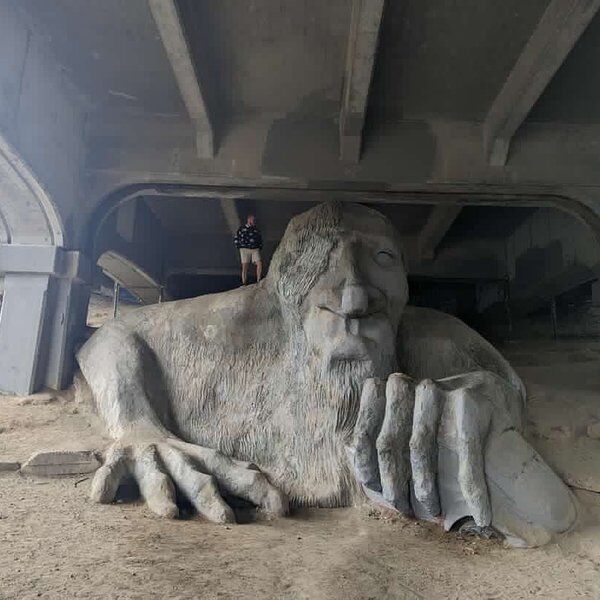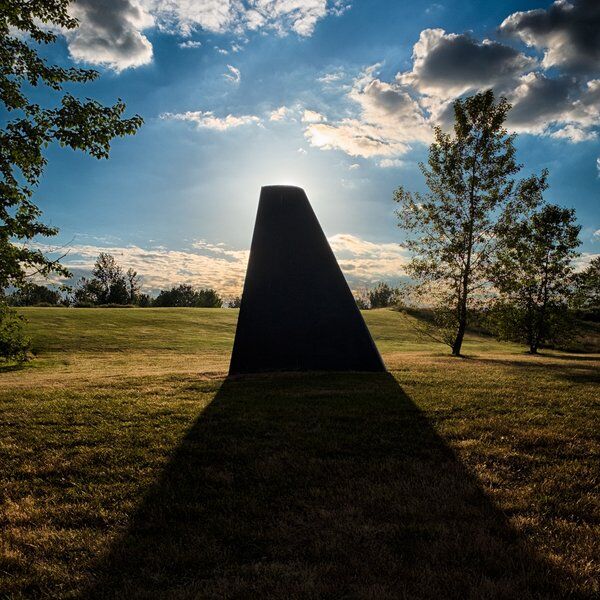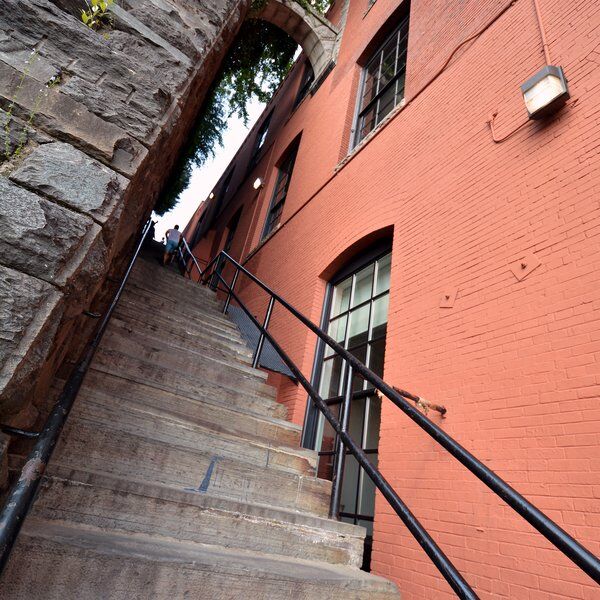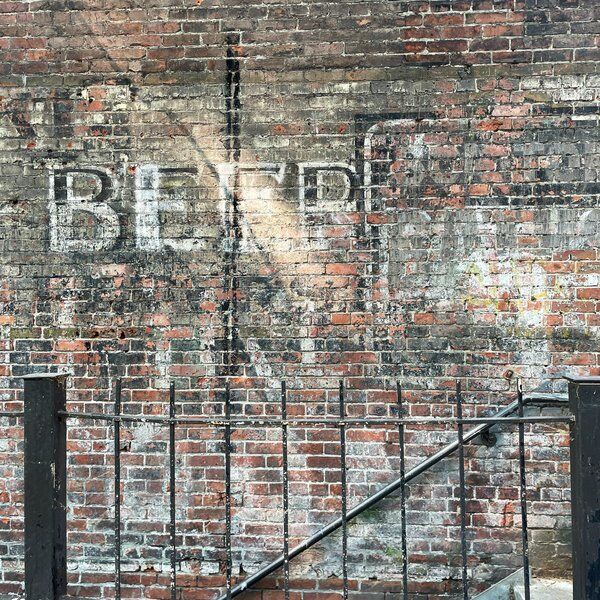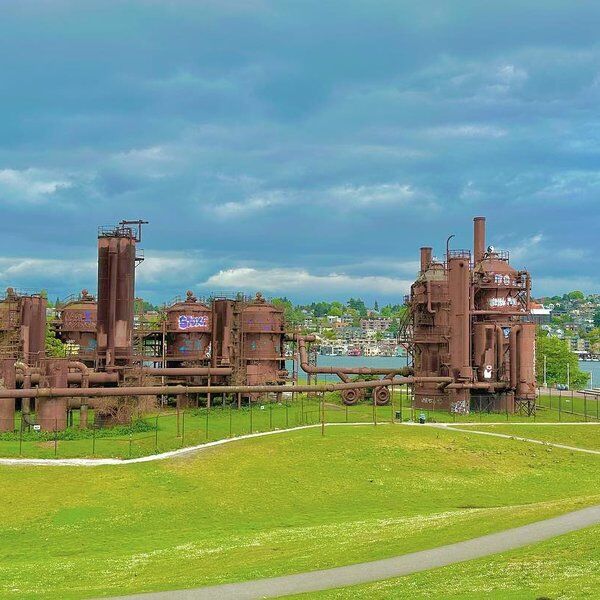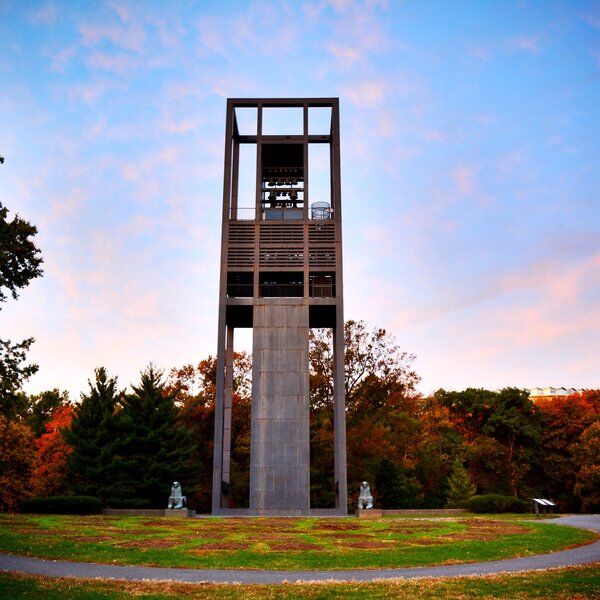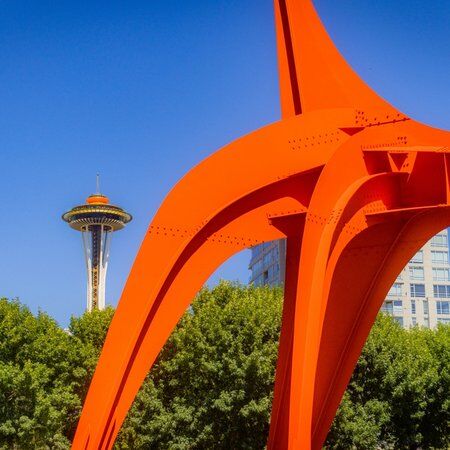
Discover Olympic Sculpture Park
The Olympic Sculpture Park is the site of a former unsightly, contaminated industrial site, but has now been transformed into an award-winning public park. It is situated slightly north of the city’s Central Waterfront, adjacent to Myrtle Edwards Park, in Belltown. The park features an outdoor museum, an indoor pavilion, and even a beach on Puget Sound. At nine acres, the captivating space is Seattle’s largest downtown pocket of greenery – a far cry from its concrete origins.
Whilst playing host to a variety of permanent outdoor sculptures, major artwork exhibitions are also regularly rotated at the park. These include temporary installations by Victoria Haven, Spencer Finch, and Regina Silveira. Visitors to the park can revel in the monumental structures, set against the incredible backdrop of the Olympic Mountains, Mount Rainier, and Puget Sound.

Contamination and Ruin at the Olympic Sculpture Park
The site of the Olympic Sculpture Park was once home to the Seattle Art Museum's (SAM) main campus, which was located on First Avenue in downtown Seattle. In the 1990s, SAM began to explore the possibility of expanding its facilities, whilst creating a welcome pocket of green space and unifying the city and its neglected shoreline.
The project faced many challenges, including the fact that the site was contaminated with industrial pollutants from being previously owned by Union Oil of California (Unocal) and used as an oil transfer facility. In 1999, SAM purchased the land and began the process of cleaning up the site; preparing it for development. By the time construction began, over 120,000 tons of contaminated soil were removed.
Transforming the Olympic Sculpture Park into Healthy Green Space
“The best thing to happen to Seattle in years.”
In 2001, SAM organised an international competition to find a design team that could realise its goals for the park. From a selection of 52 applicants, the company commissioned for the project was Weiss/Manfredi, a New York-based architecture firm.
Weiss/Manfredi’s entry was favoured by SAM for its innovative promise to transform the landscape into a rolling green space in a seamless blend of art, architecture, and nature. Unlike other sculpture gardens concealed within the stone walls of a museum, the Olympic Sculpture Park was to be completely exposed. In this manner the park would become a foundational part of the city and its people.
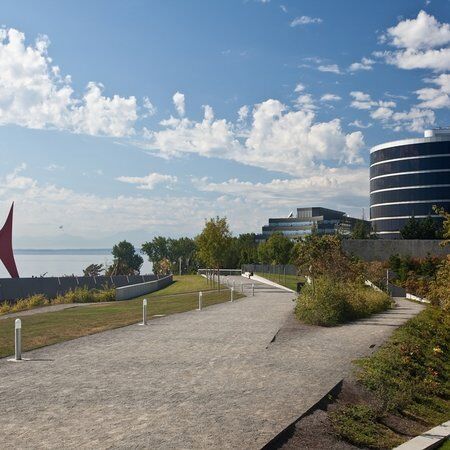
Another of SAM’s important visions for the Olympic Sculpture Park was to take the landscape down to the 850 ft ribbon of Seattle shoreline. Weiss/Manfredi incorporated this in their design with the implementation of an uninterrupted Z-shaped path, providing public access to the waterfront.
Construction began in 2003 and by the time the park opened to the public on January 20th 2007, the site had successfully encompassed SAM’s vision.
The Olympic Sculpture Park in all its Unique Glory
The Pavilion
“We see the pavilion as a place of sanctuary as well as a place of celebration.”
Situated at the park’s main entrance is an 18,000 square foot glass and steel structure known as the PACCAR Pavilion. As an exhibition and event space, area for educational programs, bookshop, and cafe – with underground parking beneath – the Pavilion links the outdoor aspects of the park with its minimal inside space.
The Z-shaped Pathway
Onwards from the pavilion, through an attached plaza and amphitheatre, lies the striking 2,200 ft crushed-stone Z-shaped landform. The path, which is more of a bridge, spans the railroad track that runs along the park’s western edge, serving as a pedestrian walkway. Along the Z pathway visitors are led through a series of distinct galleries – and breathtaking views – to the shoreline.
The Sculptures
The park is home to a diverse collection of sculptures. Some of the most notable works include Eagle by Alexander Calder, Wake by Richard Serra, and Typewriter Eraser, Scale X by Claes Oldenburg and Coosje van Bruggen. The sculptures are strategically placed throughout the park to interact with the natural landscape and create unique viewing experiences for visitors.
The Olympic Sculpture park is not only a place to recognise international artists however. It has also become an opportunity to celebrate Seattle’s artistic talent. The park’s annual PACCAR Pavilion Artist Residency program provides local artists with a unique chance to create new works of art in a public setting.

Educational Programs and Events
In addition to the sculptures, the park also features several educational programs and events throughout the year. The park offers guided tours, artist talks, and workshops that enrich visitors with a deeper understanding of the art and the park's design. The park's programming also includes concerts, film screenings, and other community events that celebrate Seattle's diverse cultural offerings.
Environmental Features
Significantly, the Olympic Sculpture Park is designed to be environmentally sustainable. This is evident from its rain gardens, to the implemented green roof technology, which helps to reduce stormwater runoff and provides a natural habitat for local wildlife. The park also serves as an important reminder of the importance of preserving Seattle's natural beauty and resources.
The Olympic ‘Look Don’t Touch’ Sculpture Park
Unfortunately, maintaining the park’s sculptures has been an ongoing challenge. Its geographic positioning next to the Puget Sound, has opened the artwork up to salt water corrosion. Pieces like Bunyon’s Chess – composed primarily of exposed wood and metal – have been one such recipient of this corrosion. Fortunately, conservation work was completed on Bunyon’s Chess in 2018.
Wildlife presents another natural problem for the park. Tall painted pieces such as Eagle ironically need to be monitored for damage from birds and their waste. Any maintenance to these large structures requires scaffolding and boom lifts so it is not only a lot of work, but also largely expensive.
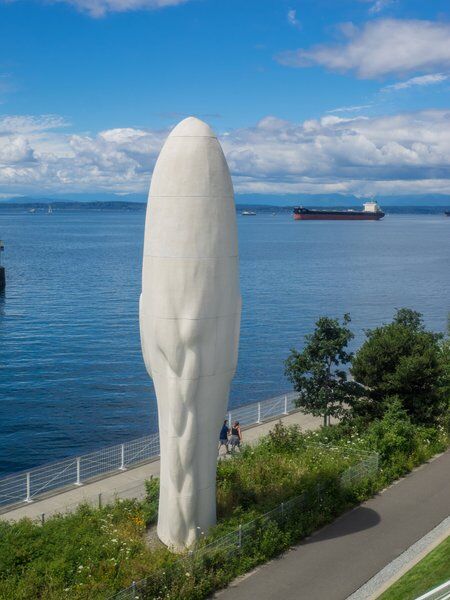
In a less natural sense, the sculptures also need protection from people. Subsequently, the park operates a ‘no touch’ policy, to help preserve the artwork. This policy was implemented by Nicholas Dorman, chief conservator for SAM. Dorman was concerned by the long-term damages that could be caused by oils transmitting to the sculptures from human contact. Wake poses particular concern in this instance as it is made from corten steel, which has a delicate patina of rust on the surface.
Our thoughts…
The Olympic Sculpture Park represents the vision and dedication of Seattle's cultural institutions to prioritising public art, sustainability, and urban design. It provides a unique space for visitors to engage with art, nature, and the city's rich history. Whether you're a longtime Seattle resident or a first-time visitor, the park offers something for everyone.
Interested in finding more places like this? Try one of our CityDays Urban Exploration Games - untangle cryptic clues as a team, as you are taken on a journey to the most unique, unusual and bizarre corners of cities around the world.

